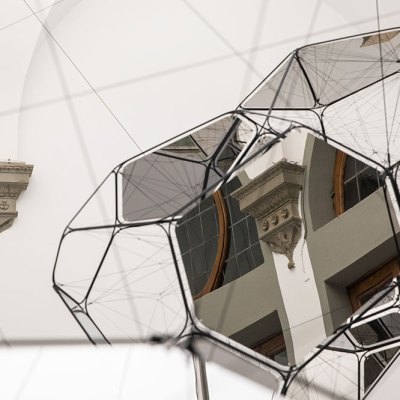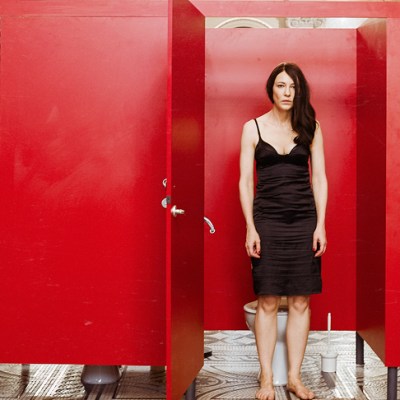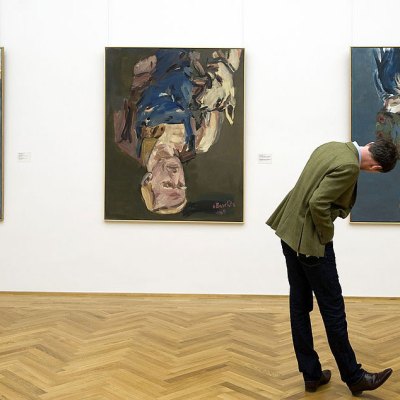Introducing Rakewell, Apollo’s wandering eye on the art world. Look out for regular posts taking a rakish perspective on art and museum stories.
The world’s largest painting on canvas sold at auction this week for $62 million. The 17,000-square-foot painting, titled The Journey of Humanity (2020), is the work of a British artist called Sacha Jafri, who will donate all the proceeds to a range of children’s charities. (It was acquired, of course, by a ‘cryptocurrency businessman’ in France.) Wondering whether you have what it takes to paint a work of this size? Well, apparently this one took Jafri eight months of 20-hour days, spent on his feet or hands and knees applying layer upon layer of paint to canvas. He ended up requiring an emergency operation on his spine due to an injury sustained in this process. ‘I was in a trance, so I didn’t realise the damage I was doing to my body,’ Jafri says.
Jafri is far from the only artist to have put work before health, knowingly or not. For centuries, painters suffered the mysterious symptoms of what doctors eventually realised was lead poisoning or ‘saturnism’, because they were using pigments containing large quantities of the toxic metal. It’s been speculated that Caravaggio died of lead poisoning, and that Van Gogh was driven mad by his habit of sucking on paint-splattered brushes.
Lead paints were phased out in the mid 20th century, but other hazards emerged – most notably, perhaps, performance art. With apparently no regard for their physical wellbeing, artists such as Marina Abramović, Ulay and Stuart Brisley put themselves through a gamut of arduous and often painful procedures. Most infamously in 1971 the American artist Chris Burden literally had himself shot, engaging a friend to fire a gun at his left shoulder. Cue countless copycats and parodies.
Then there are the unfortunate accidents, which fortunately can make for quite good stories. The Argentinian artist Tomás Saraceno has more than once referred to an incident that occurred in 2010 when was testing out one of his ‘aerosolar sculptures’, intended to facilitate human solar-powered flight. The contraption crashed and Saraceno broke his back. A ‘don’t-try-this-at-home type landing’, Saraceno has said of the event.
Got a story for Rakewell? Get in touch at rakewell@apollomag.com or via @Rakewelltweets.




